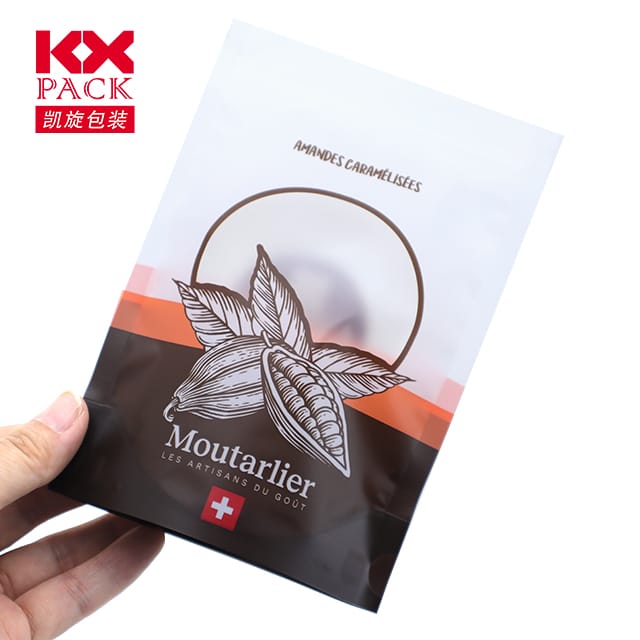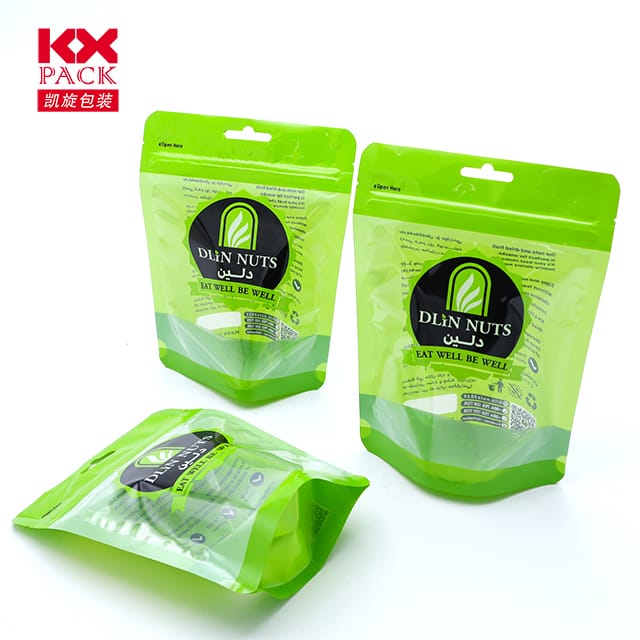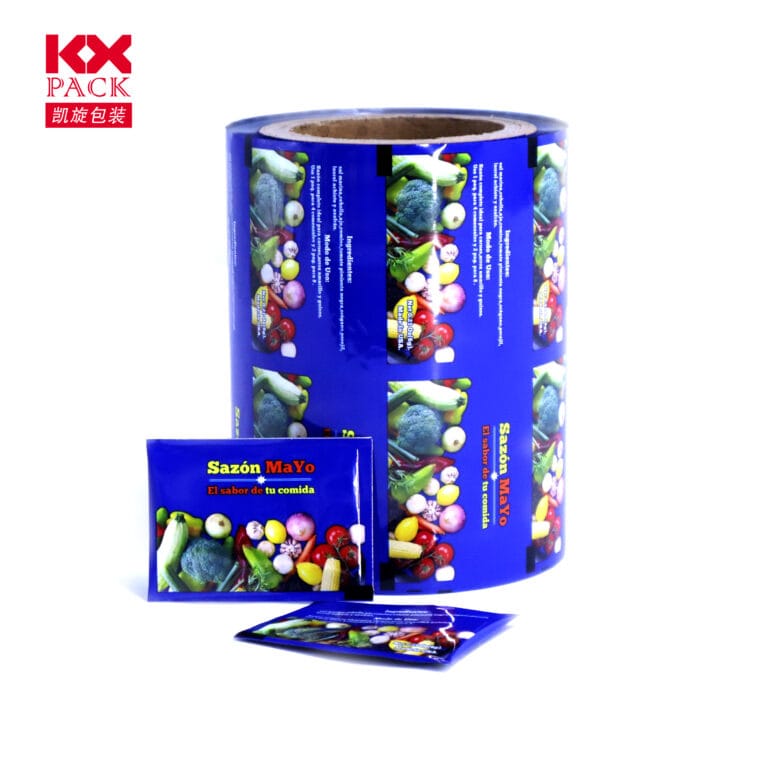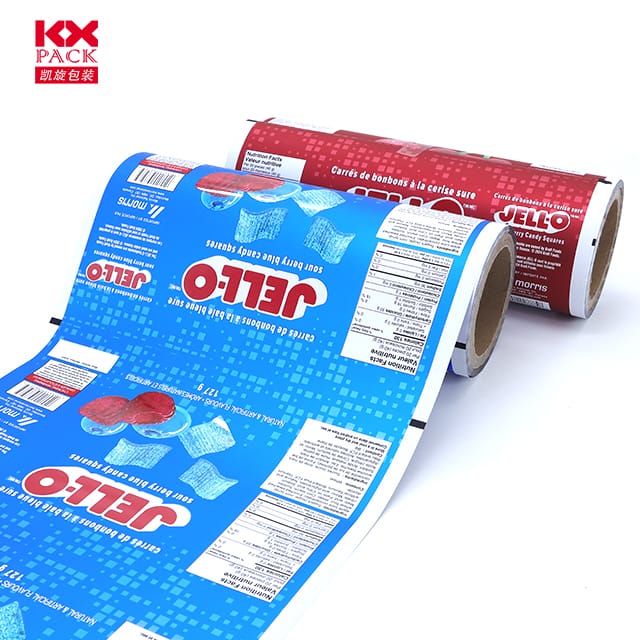Den vigtige rolle af mademballagefilm ruller i moderne fødevareindustri (5)
Mademballage film ruller
I nutidens hurtige verden, Hvor bekvemmelighed og sikkerhed er vigtigst, Mademballagefilmruller er fremkommet som en usung helt i fødevareforsyningskæden. Fra beskyttelse af friskhed til forbedring af produktappel, Disse alsidige ruller spiller en kritisk rolle i at sikre, at mad når forbrugere i optimal stand. Let’s dive into why food packaging film rolls matter and how they’re shaping the future of food preservation.
1. Beyond Just Wrapping: The Multi-Functional Marvel
Food packaging film rolls are engineered to do more than just cover products. They act as a barrier against moisture, ilt, og forurenende stoffer, significantly extending shelf life. For eksempel:
- High-Barrier-film: Ideal for perishables like meats and cheeses, these films block UV light and gases to prevent spoilage.
- Krymp film: Provide a snug fit around products (think vacuum-sealed packages), reducing freezer burn in frozen foods.
- BOPP Films: Glossy and durable, they enhance product visibility on shelves while resisting scuffs and tears.
By tailoring film properties to specific food types, manufacturers can minimize waste and maximize product integrity.
2. Bæredygtighed: En voksende prioritet
As environmental consciousness rises, the industry is pivoting toward eco-friendly solutions. Modern food packaging film rolls now incorporate:
- Biodegradable Materials: Made from plant-based polymers (F.eks., PLA), these films decompose naturally without leaving toxins.
- Genanvendt indhold: Many films now integrate post-consumer resin (PCR) to reduce plastic waste.
- Compostable Options: Certified compostable films break down in industrial composting facilities, aligning with circular economy goals.
Consumers and retailers increasingly prioritize brands that adopt sustainable packaging, making this a strategic move for businesses.
3. Applikationer på tværs af fødevarespektret
From small-scale bakeries to large food processing plants, these rolls cater to diverse needs:
- Friske produkter: Breathable films regulate ethylene gas to slow ripening in fruits and vegetables.
- Snack Foods: Multi-layer films protect crispy textures while resisting grease and moisture.
- Klar til at spise måltider: Microwave-safe films enable easy reheating without compromising safety.
The adaptability of food packaging film rolls ensures they’re a staple in nearly every segment of the food industry.
4. Innovation Driving Efficiency
Technological advancements are redefining packaging capabilities:
- Smarte film: Embedded with sensors to monitor freshness or temperature during transit.
- Anti-Microbial Coatings: Inhibit bacterial growth, enhancing food safety.
- Digital udskrivning: High-resolution branding directly onto films boosts shelf appeal.
These innovations not only improve functionality but also streamline operations, reducing labor costs and material waste.
5. The Future of Food Packaging
Ser fremad, the food packaging film market is poised for growth, drevet af:
- Rising demand for processed foods in urban areas.
- Stricter food safety regulations (F.eks., FDA’s Food Safety Modernization Act).
- Consumer preference for portion-controlled, single-serve packaging.
As the industry evolves, we’ll likely see more integration of nanotechnology, AI-driven material design, and closed-loop recycling systems.
Konklusion
Food packaging film rolls are far from ordinary plastic sheets—they’re a testament to human ingenuity in balancing practicality, bæredygtighed, og sikkerhed. By choosing the right film for your product, businesses can protect their goods, reduce environmental impact, and meet evolving consumer expectations. As the food industry continues to innovate, one thing remains clear: the humble packaging film roll will remain at the heart of this revolution.
What innovations in food packaging excite you the most? Del dine tanker nedenfor!
Nøgleord: Mademballage film ruller, Bæredygtig emballage, High-Barrier-film, biodegradable materials, Fødevaresikkerhed, packaging innovation.







